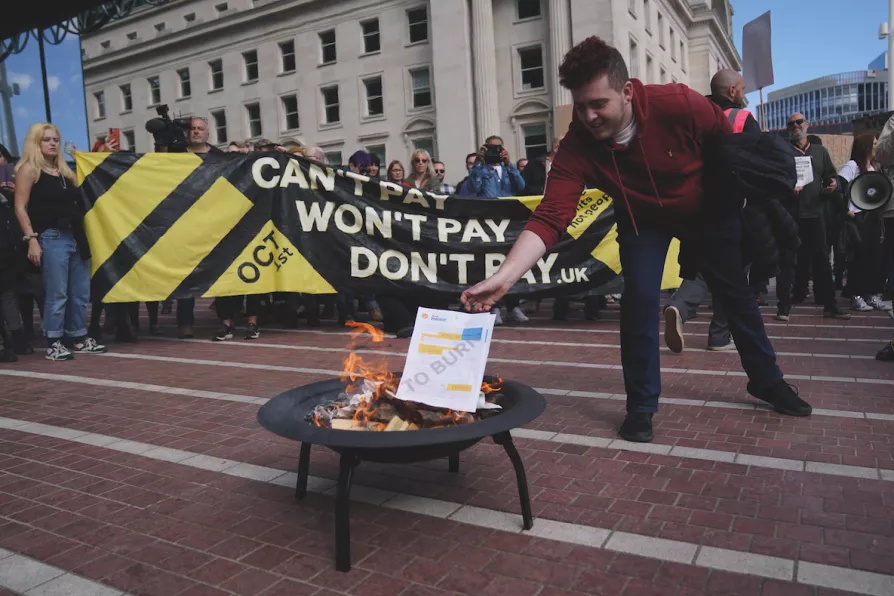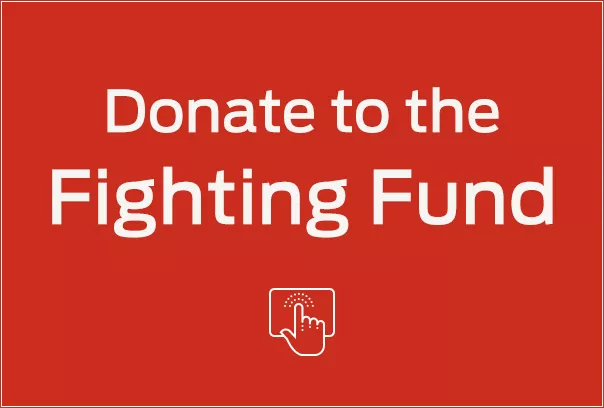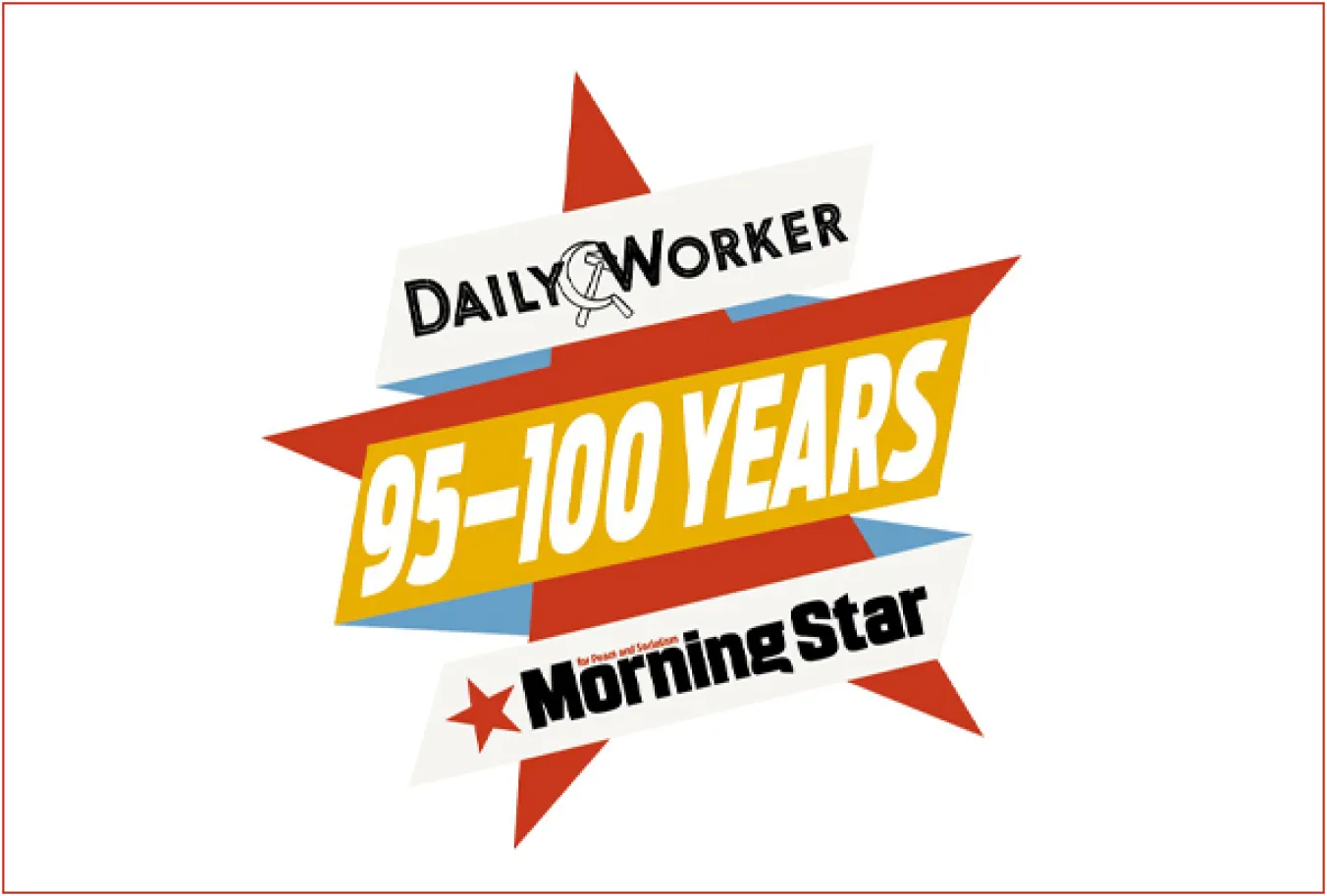From London’s holly-sellers to Engels’s flaming Christmas centrepiece, the plum pudding was more than festive fare in Victorian Britain, says KEITH FLETT
Don’t Pay: what happened and what can be learned?
Responding to the spike in energy prices, the Don’t Pay campaign threatening mass non-payment of bills had significant success in 2022. As the cost-of-living crisis deepens, SIMON HOWARD looks for lessons

 PEOPLE POWER: A protester takes part in an ‘energy bill burning’ in Centenary Square, Birmingham, October 1, 2022
PEOPLE POWER: A protester takes part in an ‘energy bill burning’ in Centenary Square, Birmingham, October 1, 2022
DON’T PAY was a low-budget campaign aimed at tackling the energy bill crisis.
Starting with a plan scrawled on a beer mat and taking inspiration from both the poll tax struggle and water bill refusal, it was launched at the TUC rally on June 18 2022.
Within five months Don’t Pay had got 250,000 people to pledge to an energy bills strike, 32,000 signed up as “organisers,” received viral media coverage and built a national network of postcode-based WhatsApp groups.
Similar stories

For Britain, direct military aid is just the tip of the iceberg compared to the spiralling energy crisis that has fueled inflation, driven millions into fuel poverty and inflated corporate profits, reveals HELEN MERCER













